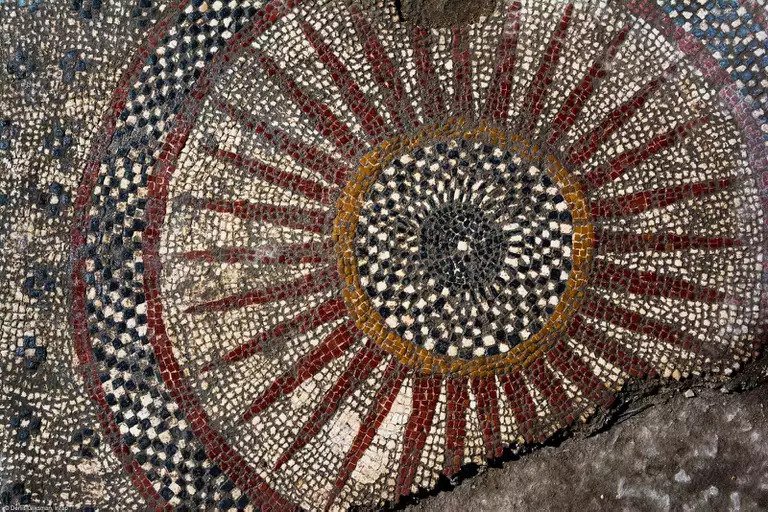Roman Mosaics Frozen in Time Uncovered in France
A lost Roman city dating back to the first century B.C. has been uncovered in spectacular fashion in the south of France.
Archaeologists working the site ahead of the construction for a boarding school and a cafeteria were stunned to discover a wide array of structural ruins, walls, and an organized street network.
Putting the pieces together, it was determined that the team had discovered the remains of the Roman city of Ucetia.
“Prior to our work, we knew that there had been a Roman city called Ucetia only because its name was mentioned on stela in Nimes, alongside 11 other names of Roman towns in the area.
It was probably a secondary town, under the authority of Nimes. No artefacts had been recovered except for a few isolated fragments of mosaic,” archaeologist Philippe Cayn told the International Business Times.

As it turns out, those isolated fragments may have been pieces of a beautifully preserved series of mosaic floors found in the remains of a 2,600-square-foot Roman home on the site.

One of the mosaics discovered covers nearly 650 square feet, making it one of the largest ever discovered in the South of France.
A close-up of the tiny colored stones shows just how complex and immaculately preserved they are. Archaeologists say the artworks likely date back to the first century or earlier.
One of the medallions is surrounded by four multicolored animals including an owl, a duck, an eagle and a fawn.
The archaeologists speculate that the animals may represent the Roman gods, with the eagle of Jupiter, the owl of Minerva, the doe of Diana and the duck of Sequana.

Next to the building containing the mosaics, the archaeologists uncovered the remains of an ancient paved roadway equipped with a gutter border. They also found fragments of ancient mural paintings, a wine cellar, and even the remains of a complex underfloor heating system.

